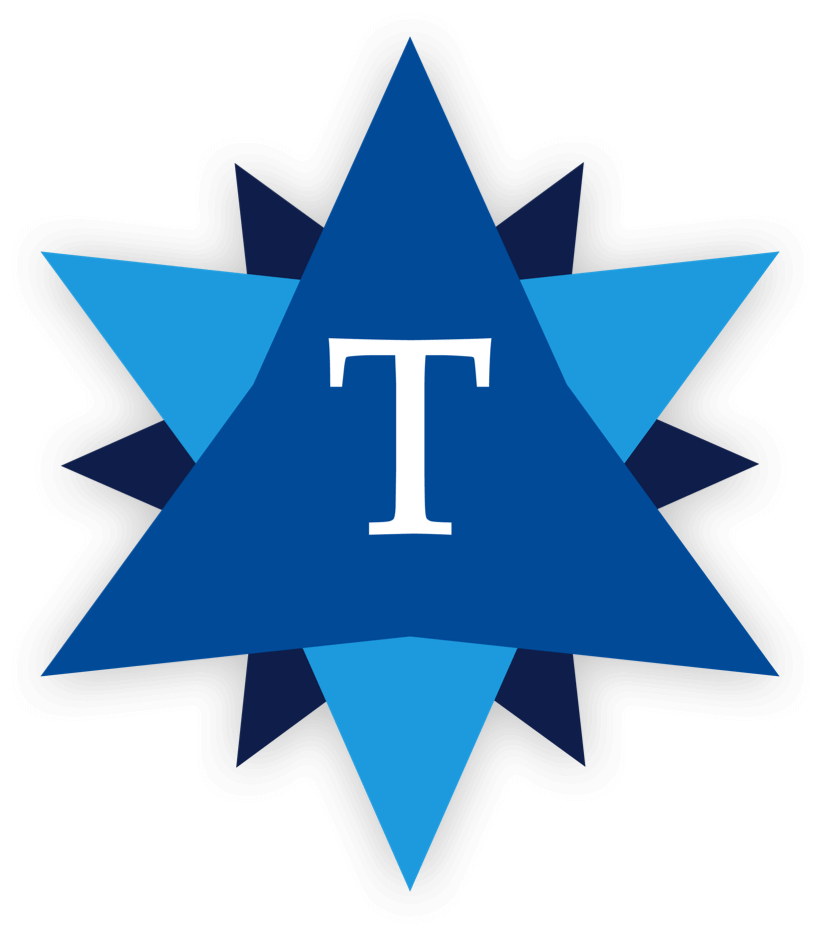Expanding the Definition of Technology and Student Success
Former Tambellini Analyst

Student success is to the beginning of this decade what MOOCs were to the beginning of the last one. Talk about student success is inescapable. Legislators, regulatory bodies, journalists, education institutions, technology providers—everyone is talking about student success.
There’s no question that student success is also top of mind for higher education technology professionals. Two of EDUCAUSE’s 2019 Top Ten IT Issues—Student Success (#2) and Student-Centered Institution (#4)—are related to empowered students, and the 2020 list will have more of the same, with Student-Centric Higher Education ranking fifth and Student Retention and Completion ranking sixth.
If you’re like me, you’ve probably wondered more than once: What does student success even mean, how do we achieve it, and what exactly is technology’s role in it?
The prevailing and perhaps most commonly assumed definition of success seems to revolve around student retention and completion, which I suspect is what drove the change in description in the top 10 issues mentioned above. It’s what legislators and regulatory bodies are primarily focused on and what institutions are judged (not to mention compensated) for. How well do they retain and graduate students? It’s also very easy to measure, versus some emerging and more broad definitions, such as the one proposed by the Higher Learning Commission[1]: “attainment of learning outcomes, personal satisfaction and goal/intent attainment, job placement and career advancement, civic and life skills, social and economic well-being, and commitment to lifelong learning.”
Not surprisingly, technology providers have jumped on the bandwagon, with virtually every software company claiming to positively impact student success. Many focus on some component of retention and completion—from point solutions like “nudging” software and attendance tracking via wireless access points, to full retention suites that include things like early alerts, predictive models for students who may be at risk, and analytics that drive actions, automated and human, to support students. These are not without their challenges:
- There is often little actual research on efficacy. This isn’t limited to student success software; much of the ed tech ecosystem struggles with this problem.
- They can be fraught with privacy concerns: What student data is collected, how is it used, do students have insight and agency in the process?
- And, technology alone is never the answer. The ‘golden triangle’ of people, process, and technology is as important as ever, and far too often we view technology as a magic bullet. It’s not.
The software providers that get it right, in my opinion, are the ones that are actively talking about and addressing the areas above and working with their client institutions to do the same.
There can be a transformative power to technology—when done well—and there is no question that many institutions need some sort of out-of-the-box solution and external expertise to kick start and support their retention and completion efforts. However, supporting students well requires institutions and IT leaders to continue to push the bounds of the definition and understanding of student success and to start to look beyond the result (lack of retention and/or completion) to the reason it occurs, much like we do root-cause analysis for any other IT challenge we encounter. We should be asking ourselves:
- What are the underlying issues that impact retention and completion, and how might we utilize technology to mitigate and/or eliminate these root causes?
- What role can technology play in supporting student success at the broadest possible level (i.e., personal satisfaction, goal attainment, lifelong learning, and economic well-being)?
We know that many of today’s students struggle with juggling family, job, and education or face economic instability—or both. While we can’t easily solve these often-complex underlying challenges, we can leverage technology to lighten the load, by doing things like:
- Adopting a mobile-first strategy. Not mobile-friendly, not mobile-enabled, but mobile-first. Why? We know that folks who live in low SES communities are least likely to have Internet access, but more frequently have access to a mobile device. Adopting a mobile-first strategy ensures equity in access to necessary institutional systems and services and course materials.
- Going all-in on OER (open educational resources). For the same reason as mobile-first, this is an equity issue. Using OERs reduces the total cost of college and ensures that everyone in the class has access to the materials from day one, no matter their means.
- Offering a virtual computer lab. Computer labs are place-based and frequently time-constrained. Commuter students, parents, and others benefit from having 24x7x365 access to the same software and desktop experience as residential students. It’s hard to rock your baby to sleep at night while completing your homework in a traditional computer lab, but not so with a virtual one.
While these technology use cases are specific to time and financial constraints, the possibilities are endless—from using technology to provide extended student services online, to creating truly personalized pathways and interactions that are unique to each student’s interests, aspirations, and needs.
None of this is easy, of course. The key is understanding your students and their unique challenges and then identifying and adopting a technology strategy that truly addresses them.
Footnotes
[1] Higher Learning Consortium, Defining Student Success Data: Recommendations for Changing the Conversation, December 2018. http://download.hlcommission.org/initiatives/StudentSuccessConversation.pdf
Categories
Share Article:

Other Posts From this Author:
© Copyright 2025, The Tambellini Group. All Rights Reserved.